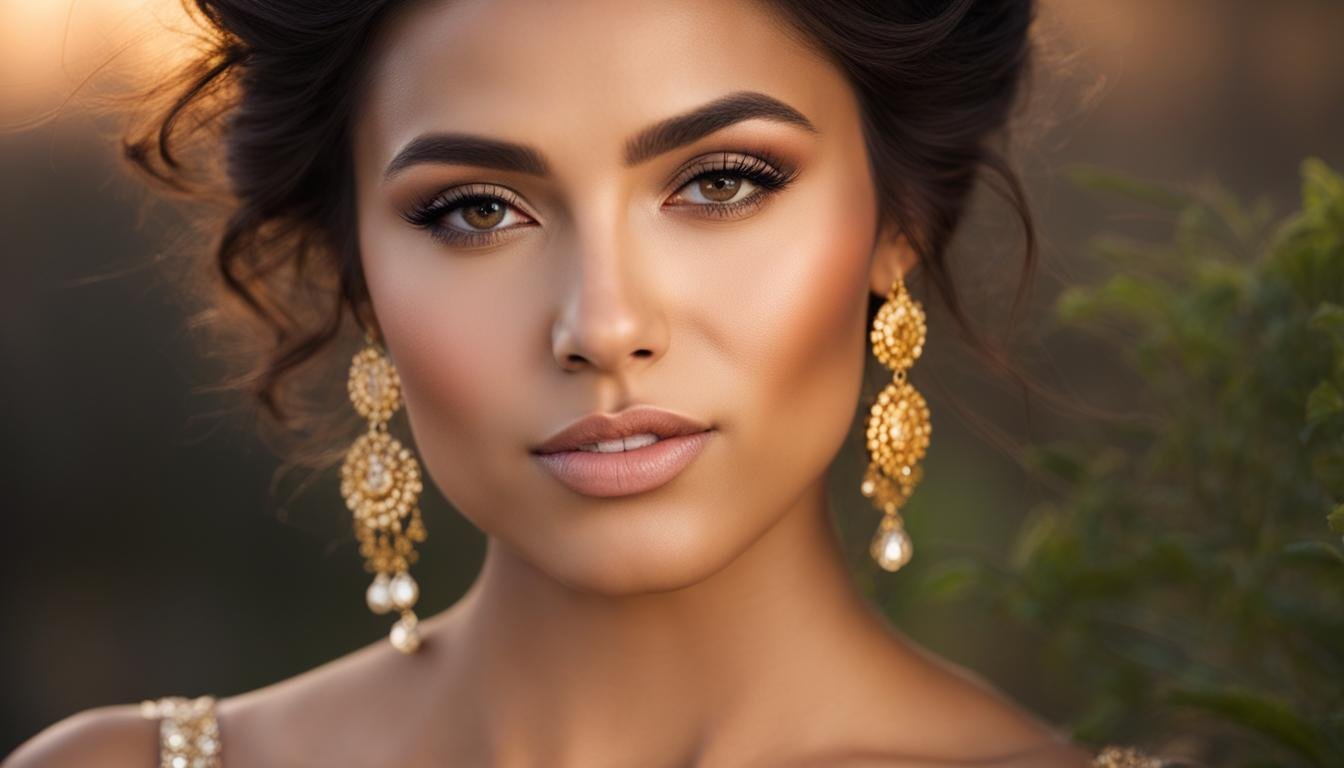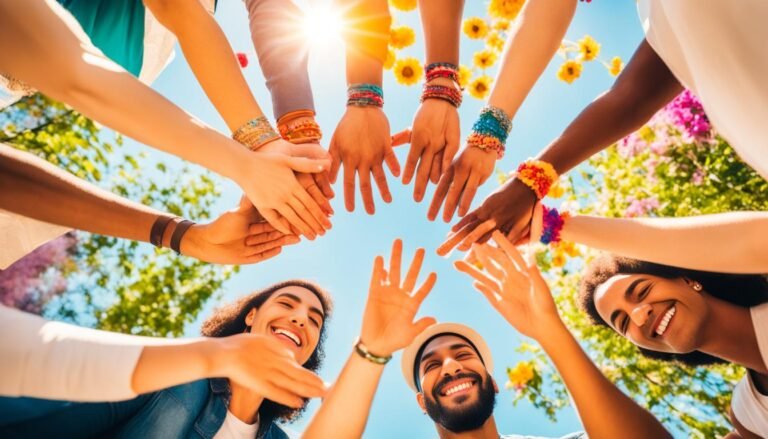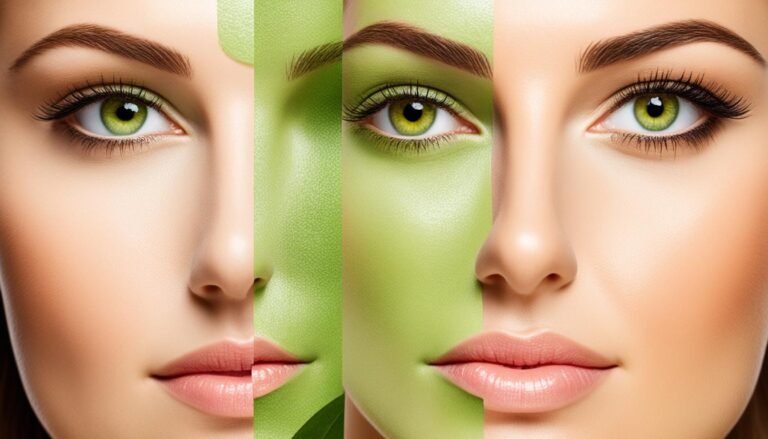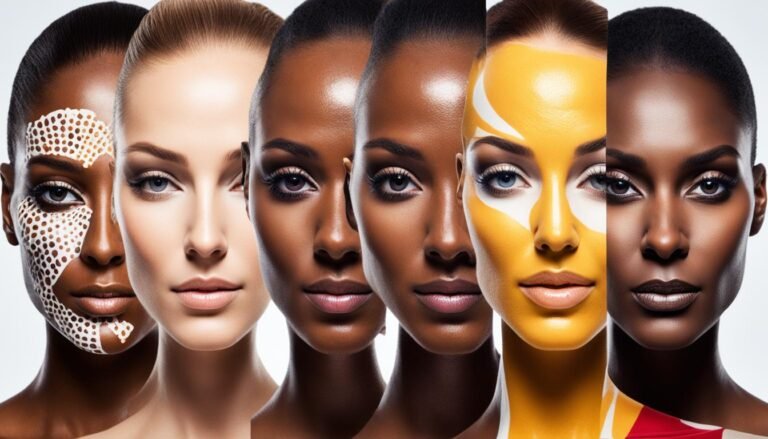What is the most attractive skin tone in the world?
Have you ever wondered what determines the most attractive skin tone? Is there a universal standard of beauty when it comes to skin color? In a world that is diverse and multicultural, the concept of attractiveness can be subjective and influenced by various factors. However, there are prevailing beauty standards that have been perpetuated globally, particularly regarding skin tone. Let’s delve into the intriguing world of beauty standards and explore the global fascination with skin color.
Key Takeaways:
- Beauty standards regarding skin tone have been perpetuated globally.
- The preference for lighter skin can be traced back to historical and cultural factors.
- Skin-lightening products have further perpetuated the belief that lighter skin is more attractive.
- Various factors, such as sun damage and hormone levels, can influence perceptions of attractive skin tone.
- The definition of beauty is evolving towards inclusivity, diversity, and natural attractiveness.
Factors influencing perceptions of attractive skin tone
Various factors can influence perceptions of attractive skin tone. Let’s explore some of these factors:
- Sun damage: Excessive exposure to the sun’s harmful UV rays can have a significant impact on skin tone. Sun damage can lead to an uneven complexion, premature aging, skin spots, blemishes, and hyperpigmentation.
- Testosterone: Testosterone levels can influence skin color. Higher testosterone levels are associated with warmer skin tones, while lower levels can lead to a lighter complexion.
- Skin type: Different skin types, such as dry, oily, or combination skin, can affect how light or dark the skin appears. Skin type influences the production of melanin, the pigment responsible for skin color.
- Eye color and hair color: Eye and hair color can also play a role in perceptions of attractiveness. Lighter skin tones, brown eyes, and dark brown hair are often favored in beauty standards. However, it’s important to note that beauty comes in all variations, and there is increasing recognition and appreciation for diversity.
Understanding these factors can help shed light on why certain skin tones are often perceived as more attractive in society. However, it’s essential to challenge these narrow beauty standards and embrace the beauty of diversity.
The evolving definition of beauty
The definition of beauty is constantly evolving, reflecting our changing society and values. Today, there is a growing emphasis on inclusive beauty and celebrating diversity in all its forms. We are beginning to recognize and embrace individuals of all skin tones, body types, ages, and physical features as beautiful.
In the past, beauty standards were often narrow and exclusionary, favoring certain ideals and perpetuating unrealistic expectations. However, we are now witnessing a shift towards a more inclusive and accepting beauty culture. Beauty magazines are becoming more diverse, featuring people of color with a wide range of skin tones, plus-sized models, and individuals with unique characteristics like bald heads or vitiligo.
Moreover, there is a newfound appreciation for natural attractiveness and aging gracefully. Gray hair and wrinkles are no longer seen as something to be hidden or erased but rather as signs of wisdom and experience. While plastic surgery and anti-aging practices still exist, there is a greater emphasis on enhancing natural beauty and embracing the unique display of individuality.
It is important to note that beauty standards will continue to evolve and differ among individuals. However, the growing recognition and celebration of diverse beauty are positive steps towards a more inclusive society. By challenging narrow definitions of attractiveness, we can promote self-acceptance and empower individuals to embrace their own unique beauty. Ultimately, beauty comes in all skin tones, body types, and characteristics, and it is through embracing and celebrating this diversity that we can truly redefine beauty for the better.






